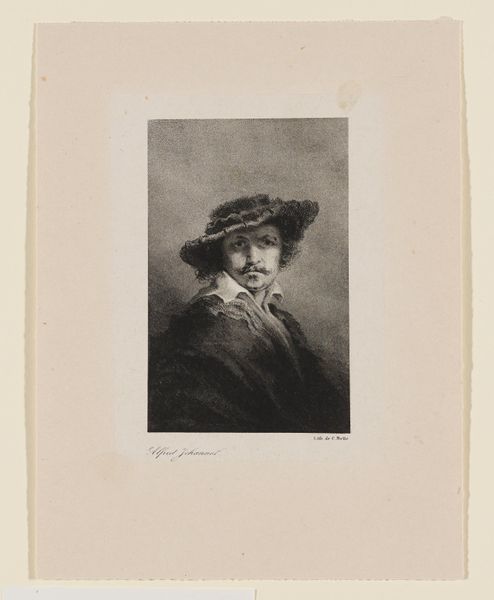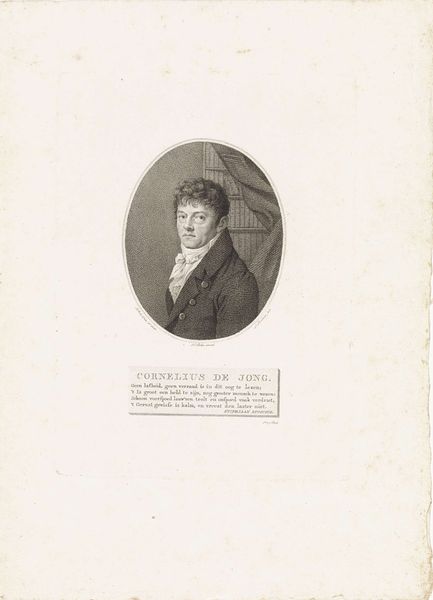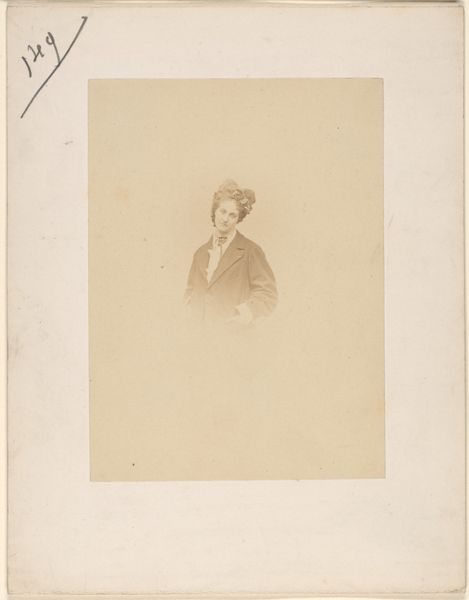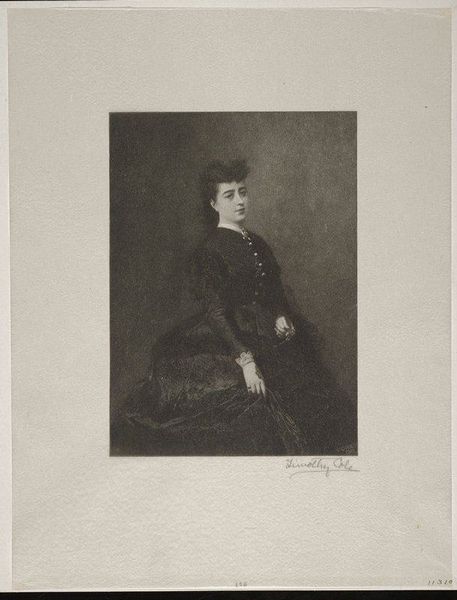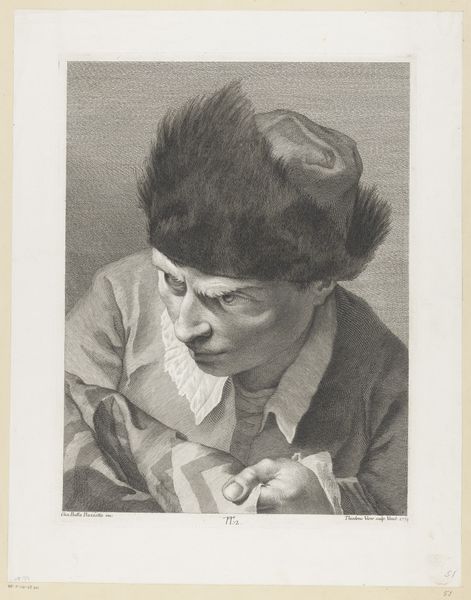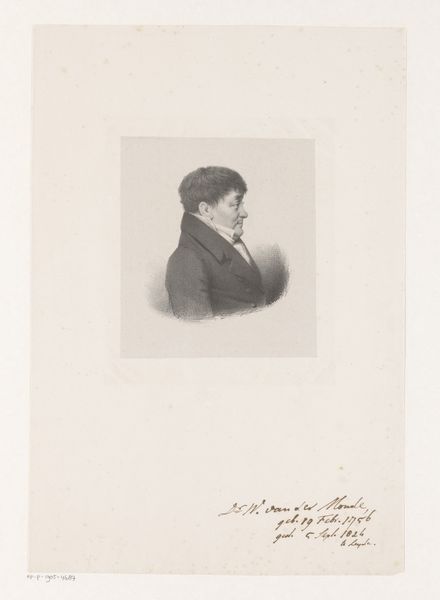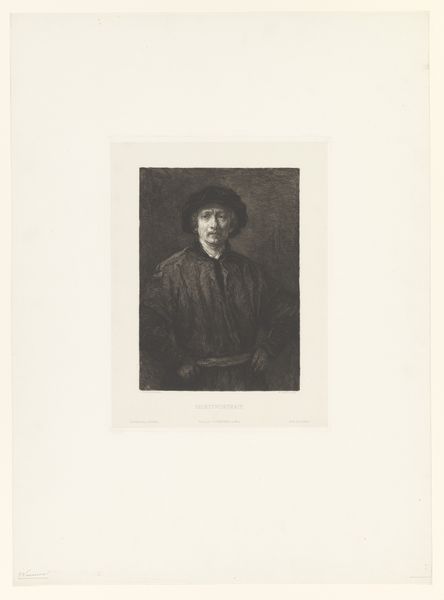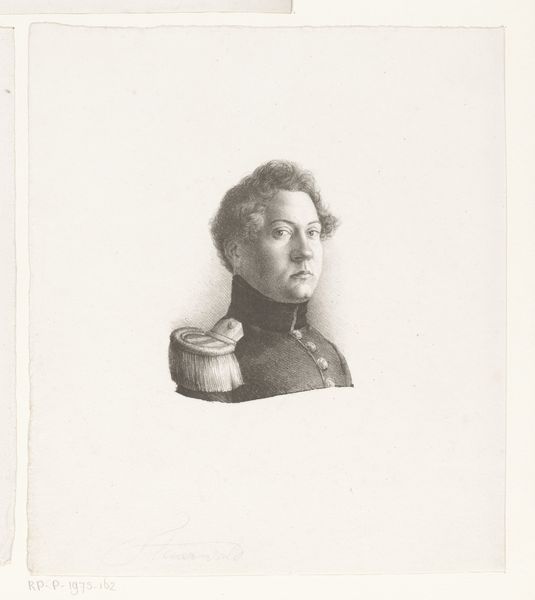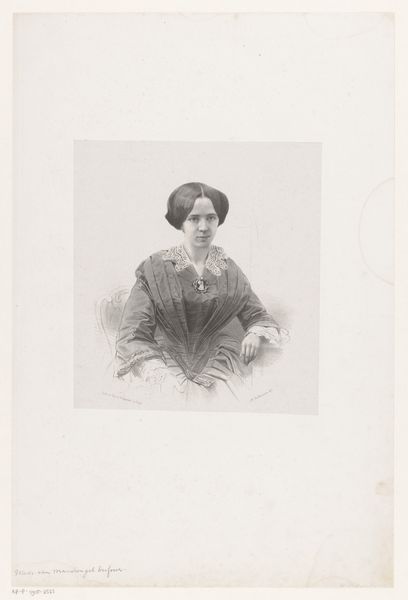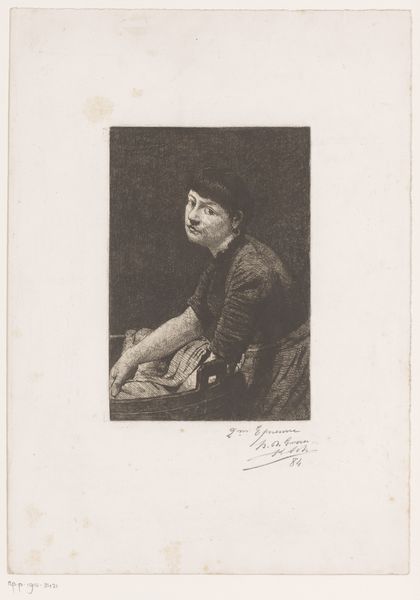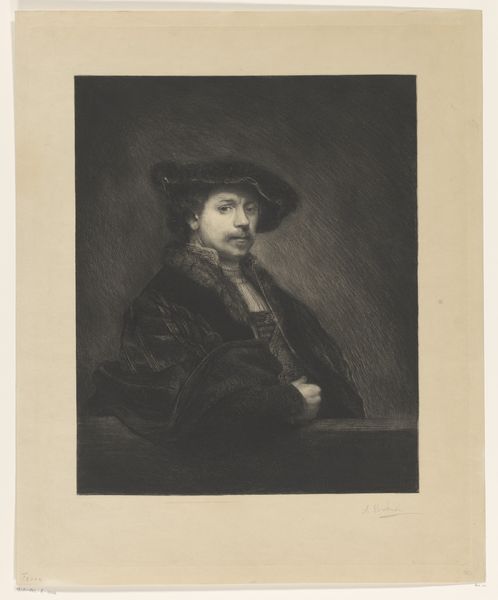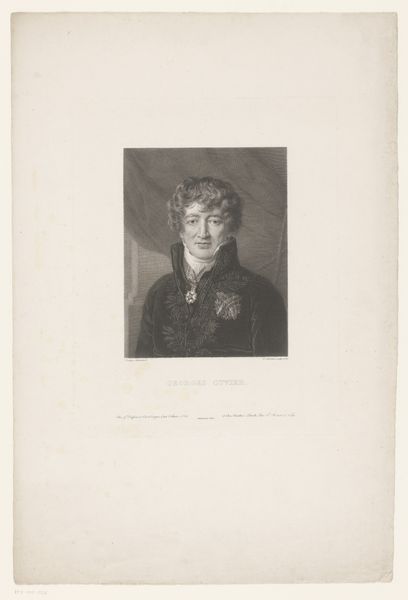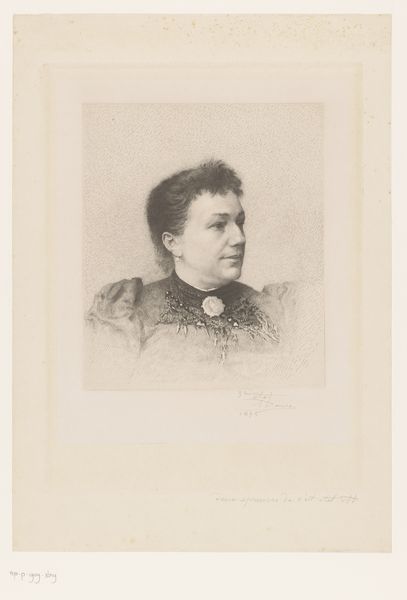
print, photography, gelatin-silver-print
#
portrait
# print
#
photography
#
gelatin-silver-print
#
realism
Dimensions: height 213 mm, width 176 mm
Copyright: Rijks Museum: Open Domain
Curator: Looking at this gelatin silver print dating roughly between 1870 and 1949, we see a formal portrait of Marie, Princess of the Netherlands. Editor: It’s quite striking, isn’t it? Immediately, I’m drawn to the textures, especially the interplay between the dark fur hat and collar, and the smoothness of her skin. The materiality feels rich, conveying a sense of both warmth and formality. Curator: Exactly. And consider the socio-political implications of such a portrait. As a member of the Dutch Royal family, Marie’s image was carefully curated and circulated. This photograph would have reinforced the monarchy's image through accessible means, especially as photography became more widespread. Editor: I agree, but it’s more than mere image management. Think of the labor involved—the processing of the silver, the crafting of her attire, even the pose meticulously directed by the photographer. It all points to a very specific construction of identity, tied to class and royal power. Curator: Of course. And the way the princess is portrayed reflects societal expectations. She is shown in quiet contemplation, perhaps hinting at her duties and responsibilities, while maintaining a dignified presence. Editor: But even in this stillness, the process betrays itself! See how the light catches the subtle imperfections, the slight blurring that reveals the length of exposure. It's not just an image; it's evidence of time, light, and chemical processes captured on treated paper. The medium informs the message, subtly complicating the royal mystique. Curator: I see your point. And that brings us to questions about distribution—how many prints were made, who had access to them, and what role did they play in shaping public perception of the monarchy? These portraits solidified their symbolic power and cemented ideas of lineage. Editor: Yes, each print then carries a charge. It is not just a royal portrait. Instead, this work is itself a commodity embedded within material processes of manufacture and ideological reproduction. A small token but one that makes real the business of maintaining dynasty. Curator: I never fail to gain new insight examining this from your point of view. Editor: And I have renewed awareness thinking about power, history, and portraiture.
Comments
No comments
Be the first to comment and join the conversation on the ultimate creative platform.
